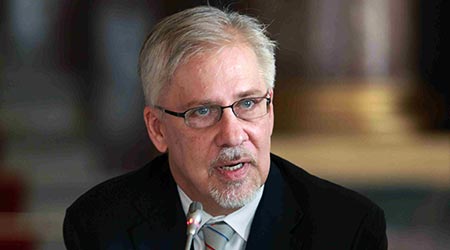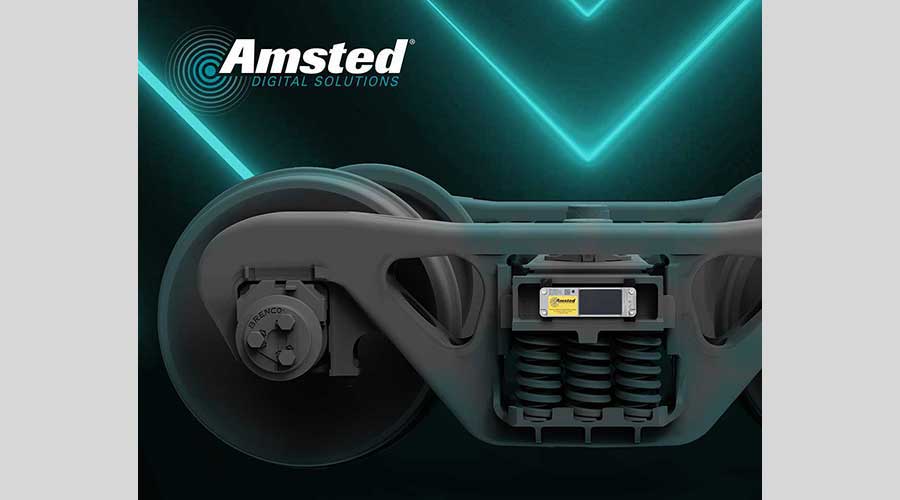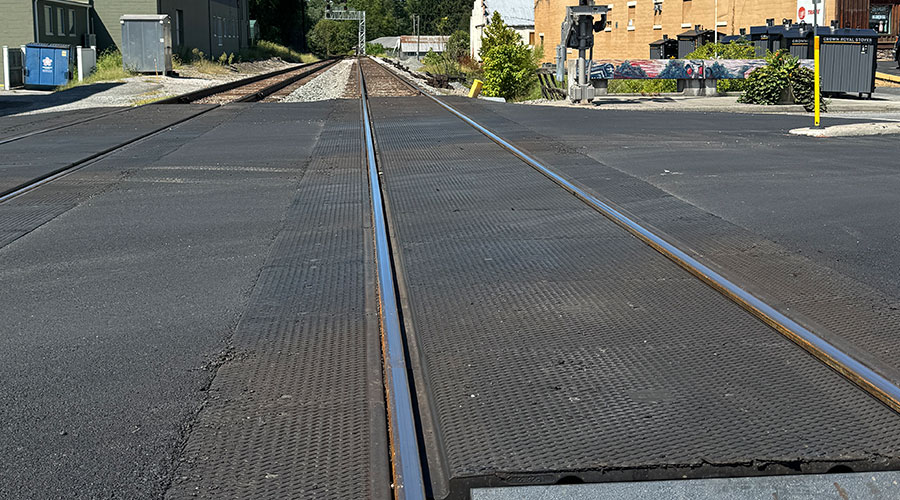Stay updated on news, articles and information for the rail industry
September 2016
Rail News: C&S
IBM: Cognitive computing key to railroads' ability to thrive in 2025

By Pat Foran, Editor
In the year 2025, railroads will be very much alive. And they’ll thrive, or at least have a better shot at thriving, if they embrace rail life in the cognitive-computing lane.
That’s the gist of “Think Beyond the Rails: Leading in 2025,” a white paper IBM Corp. issued in May.
Railroads already are deploying cognitive technologies and predictive analytics tools, but they have a lot more deployment work to do, says Keith Dierkx, IBM’s global rail industry leader and the white paper’s author. And over the next decade, railroads must become more “interconnected, transparent and agile,” as he wrote in the white paper.
To achieve the kind of interconnectedness Dierkx envisions, railroads must:
• collaborate “beyond their comfort zones” and partner with service providers to create what he terms “an ecosystem of value”; and
• use cognitive computing — next-generation technology systems capabilities that “mimic the way the human brain works” — to harness data inside and outside an organization to boost revenue, cut costs and gain marketshare.
IBM’s cognitive-computing offering is Watson, a platform that uses natural language processing and machine learning to reveal insights from unstructured data.
“Cognitive computing ... is a way of ingesting the information, interpreting the information, learning over time and being able to provide insight,” as Dierkx notes in a "Think Beyond the Rails" YouTube clip.
In the passenger-rail realm, cognitive capabilities will mean gaining insight into riders’ “expectations, needs and desires,” he says. In freight-rail country, it’ll net “highly personalized” insights for suppliers, shippers and railroads in a “high-velocity, high-performance supply chain,” says Dierkx, who also serves as director of IBM’s Global Rail Innovation Center.
Of course, it’s not simply a build-it-and-the-interconnectedness-will-come proposition. The rail industry’s existing (and aging) information technology systems could slow the pace of change; transformation needs to be based on the new technologies that are emerging, Dierkx says. There also may be railroad workforce wrinkles, given all the new data they’ll be gathering (see also The Internet of Things) and the need to “glean actionable insight” from it. Then there are the “digital disruptors” — asset-less entities that offer applications and “aim to change the rules of the game,” as Dierkx puts it: “They want to own the relationship with the customer, which in the past has been owned by the railway.”
So, it’ll take time to build the interconnected railroad. Boosting cognitive capabilities and expanding the predictive analytics toolbox also will cost money. But “doubling down on these technologies” will help railroads put it all together by 2025, Dierkx believes. “The future already exists,” he says. “It’s just unevenly distributed.”
Keywords
Browse articles on IBM cognitive computing Keith DierkxContact Progressive Railroading editorial staff.


 LRW Honors Amtrak’s Acheson As Railway Woman Of The Year
LRW Honors Amtrak’s Acheson As Railway Woman Of The Year
 From Editor-In-Chief Foran: Of Gender Equity And Inclusion
From Editor-In-Chief Foran: Of Gender Equity And Inclusion
 Spotlight On Some Of Today’s Rail Safety Products
Spotlight On Some Of Today’s Rail Safety Products
 Women of Influence in Rail eBook
Women of Influence in Rail eBook
 railPrime
railPrime






